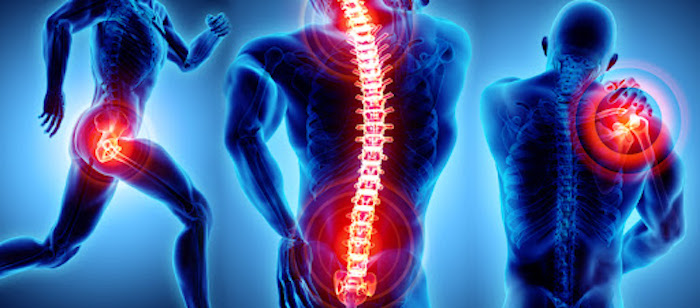
When to Say When
Pain from injury, accident, or illness can happen to anyone at any time. You can do several things at home to feel better. But go to a doctor if it suddenly gets worse or changes -- especially if there’s tingling, numbness, or burning -- or if nothing you try makes you feel better.
RICE
It stands for rest, ice, compress, and elevate, and it’s the go-to treatment for minor sprains and bruising. Ice the injury as soon as possible and put pressure on it with an elastic wrap or bandage. If you’ve hurt an arm or leg, rest with it raised above your heart to keep swelling down. But don’t stay in one place too long -- it’s best to get moving again as soon as you can.
Water
Use it to clean cuts and scrapes and to treat burns. If you're dealing with a burn, put the injured area in cool water or cover it with a cold compress as soon as you can. If your skin blisters, leaks fluid, lose feeling, or turns black, brown, or white, get medical help right away.
Multi-Purpose Washcloth
Wrap it around a bag of frozen vegetables or a plastic bag filled with ice cubes for a comfortable ice pack that can help with the swelling and pain that comes with sprains or strains. A warm, damp one also can be used to treat many kinds of infections, like a boil, an infected cut, or a style -- an infected eyelash that causes a red, sore lump on your eyelid. Or use a cool one to ease the itchiness and pain of pinkeye.
Over-the-Counter Anti-Inflammatories
These medications include aspirin, ibuprofen, and naproxen. They’re often used to treat the pain that comes with inflammation, like sprains. You don’t need a prescription, but you should be careful with them: large doses can cause stomach pain and nausea, and long-term overuse can lead to kidney problems, ulcers, and high blood pressure. If you have stomach ulcers or kidney disease, talk with your doctor first.
Acetaminophen
It’s used for headaches, toothaches, menstrual cramps, and other kinds of pain that don’t necessarily come with inflammation. If you take it only occasionally, it doesn’t usually cause problems. But don't take it in high doses -- that can damage your liver and kidneys. People who have issues with those organs shouldn’t use them without talking to their doctor first.
Topical Pain Relievers
These are over-the-counter gels, creams, sprays, and patches you put on your skin over the painful muscle, tendon, or joint. They can help relieve pain without serious side effects.
Hot Bath
This can be good for all kinds of conditions that affect your muscles, tendons, and bones, such as low back pain and joint pain. Some tips: The ideal temperature is between 92 and 100 F. And don’t just lie there -- warm water can help get blood flow to places that need it, so gently stretch and work those areas.
Sitz Bath
If your pain is near your behind or genital area -- open sores, anal fissures, hemorrhoids, for example -- a soak of your hindquarters in warm water can help with itching, irritation, and spasms of the sphincter muscle. Put a few inches of warm water in your bathtub, and sit for 20 minutes two or three times a day.
Massage
Whether given by a professional or a friend or done yourself, this can help relieve certain kinds of pain, like headaches or backaches. Talk with a medical professional about the best ways to target your pain or injury with a massage at home.
Sunglasses
These can help if you’re sensitive to light because of migraines or other illnesses. And they can protect your eyes from itchiness and irritation caused by pollen, dust, and mold.
Meditation
If your pain lingers, this mental discipline can help you manage it. You clear your mind of thoughts by focusing on one simple thing, such as your breath. It may work alone or in combination with medication.
Physical Therapy
Often used for chronic pain or after some kinds of surgeries or injuries, this can also treat pain from things like a twisted ankle or pulled muscle. Talk to your doctor about the right routine for you.
Aerobic Exercise
People who do regular aerobic exercise -- cycling or running, for example -- are less likely to get certain kinds of pain in the first place. And they’re better able to handle it if they’re injured. Check with your doctor if you’re not sure you’re healthy enough for this kind of exercise.
Precision Pain Care and Rehabilitation has two convenient locations in Richmond Hill – Queens and New Hyde Park – Long Island. Call the Richmond Hill office at (718) 215-1888, or (516) 419-4480 for the Long Island office, to arrange an appointment with our Interventional Pain Management Specialist, Dr. Jeffrey Chacko.













